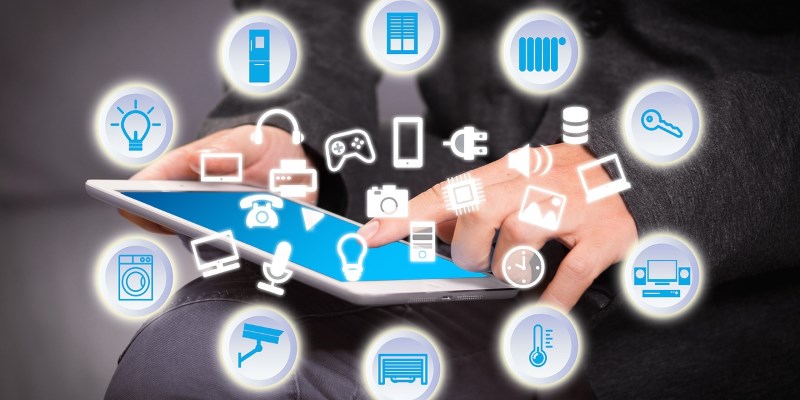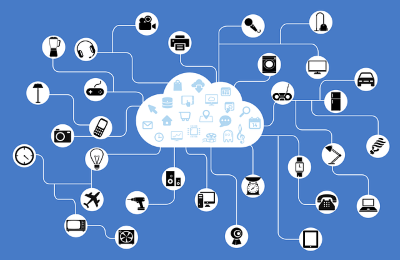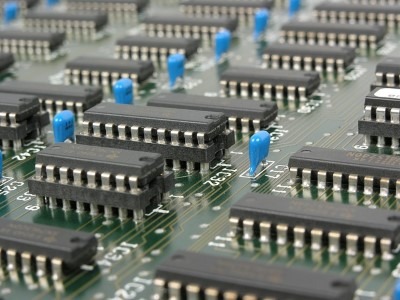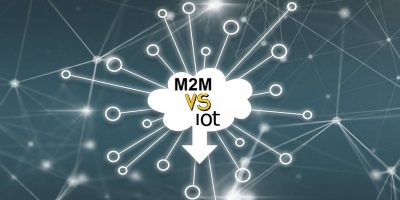
As more and more gadgets connect themselves into the Internet of Things, It raises the question: should we have hardware acceleration on these devices? Or is it simply a redundant feature? With the direction that IoT is going, hardware acceleration may very well be a vital addition to specific kinds of hardware. Let’s look at why.
What Does All this Mean?

Before we dive into why hardware acceleration benefits edge devices, we must first break down what all these terms mean. Only then can we see how it can benefit the world of IoT!
Hardware acceleration is when a computer gets “help” from additional pieces of hardware to process something. Usually, your CPU is what churns through the data. If you’re doing something intense, such as rendering a 3D video, hardware acceleration can allow something else (like your graphics card, for instance) to jump in and help with the process, hence, accelerating the process.
Edge devices are at the “edge” of networks. They typically act as the entry point to the Internet as a whole. They sound more complex than they actually are; the device you’re reading this article on is technically an edge device! As such, they’re typically the kind of gadgets you directly interact with.
The Move Toward Edge Computing

At the moment, IoT edge devices don’t do a lot of thinking. They typically take data in, process it, then send it off to a cloud server. The cloud does all the computing and sends the results back. The device then reports the results to the user. You don’t need a lot of processing power for this, so hardware acceleration is kind of redundant.
What if that changes though? What if the actual devices begin to do all the thinking instead? This is exactly how the Internet of Things is shaping out. Instead of using “zombie devices” that are only really capable of input and output processes, the future of IoT will have AI-driven gadgets that do all the thinking themselves. That way you don’t need an Internet connection for the device to perform its offline functions.
When the Two Combine

We have a way to make a device more efficient with its processing, and we also have a need for increased processing power as devices start to think for themselves using AI. Combine the two, and you can see why hardware acceleration can be useful for the Internet of Things.
In fact, we’re already seeing acceleration going on in the IoT world! Google is implementing AI accelerators for machine learning. One company discovered that using hardware acceleration in their IoT devices reduced the impact of the boot cycle, resulting in a 1000x power reduction and 10x better battery life.
In short, hardware acceleration will be a great addition to edge devices once they really begin to think for themselves. Maybe in the current day, where devices are more than happy to rely on a cloud, hardware acceleration isn’t as needed. As the world of IoT develops and AI becomes a core part of the network, it’ll help devices learn better and faster.
Accelerating Toward the Future
While hardware acceleration may not seem very important in the current scope of the Internet of Things, the future’s demand for AI-powered devices means that it’ll be a handy tool later on. Now you know what it is and why it’s useful for edge devices.
Do you think hardware acceleration is overkill for IoT devices? Let us know below.
Get the best of IoT Tech Trends delivered right to your inbox!










